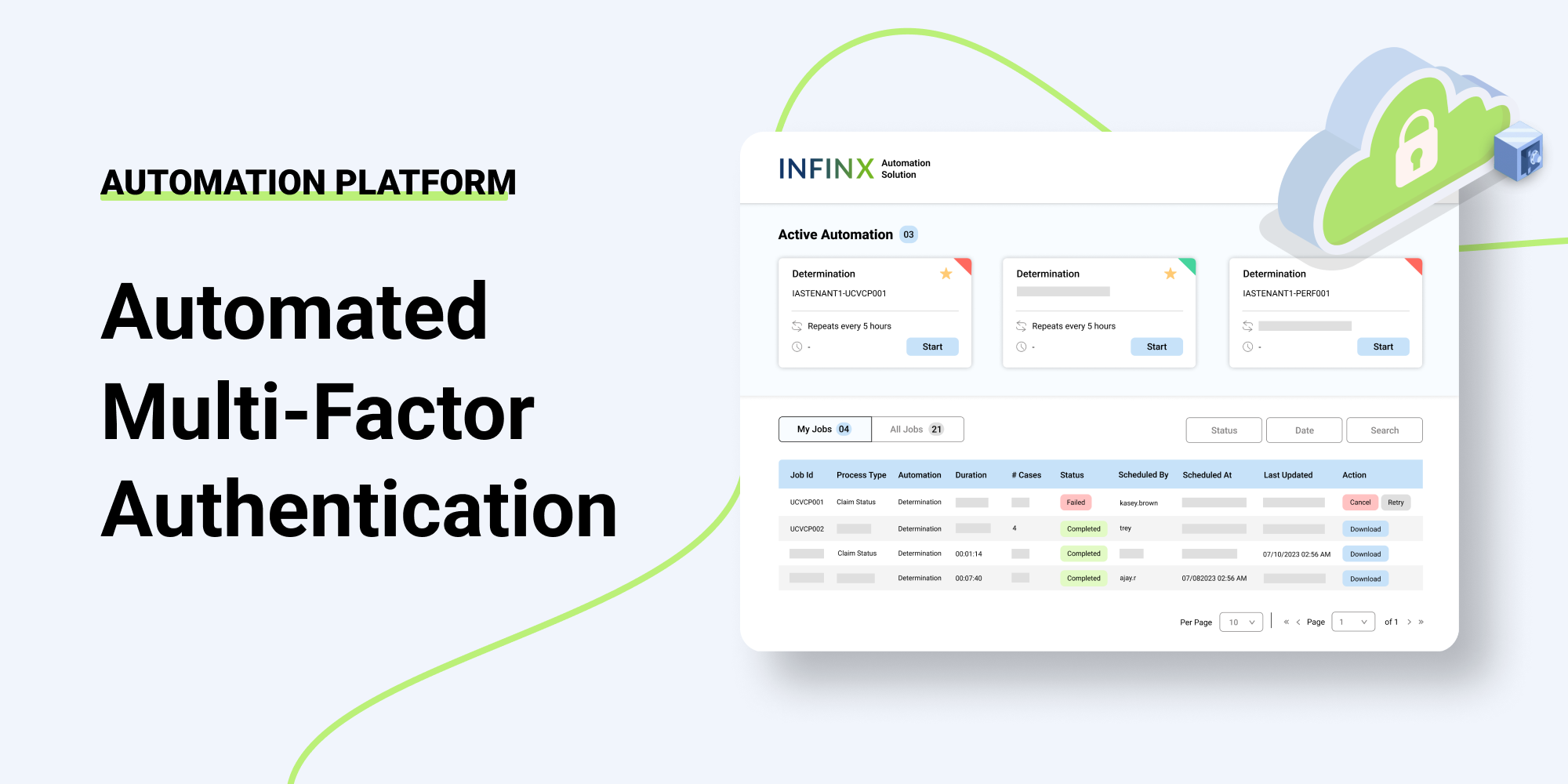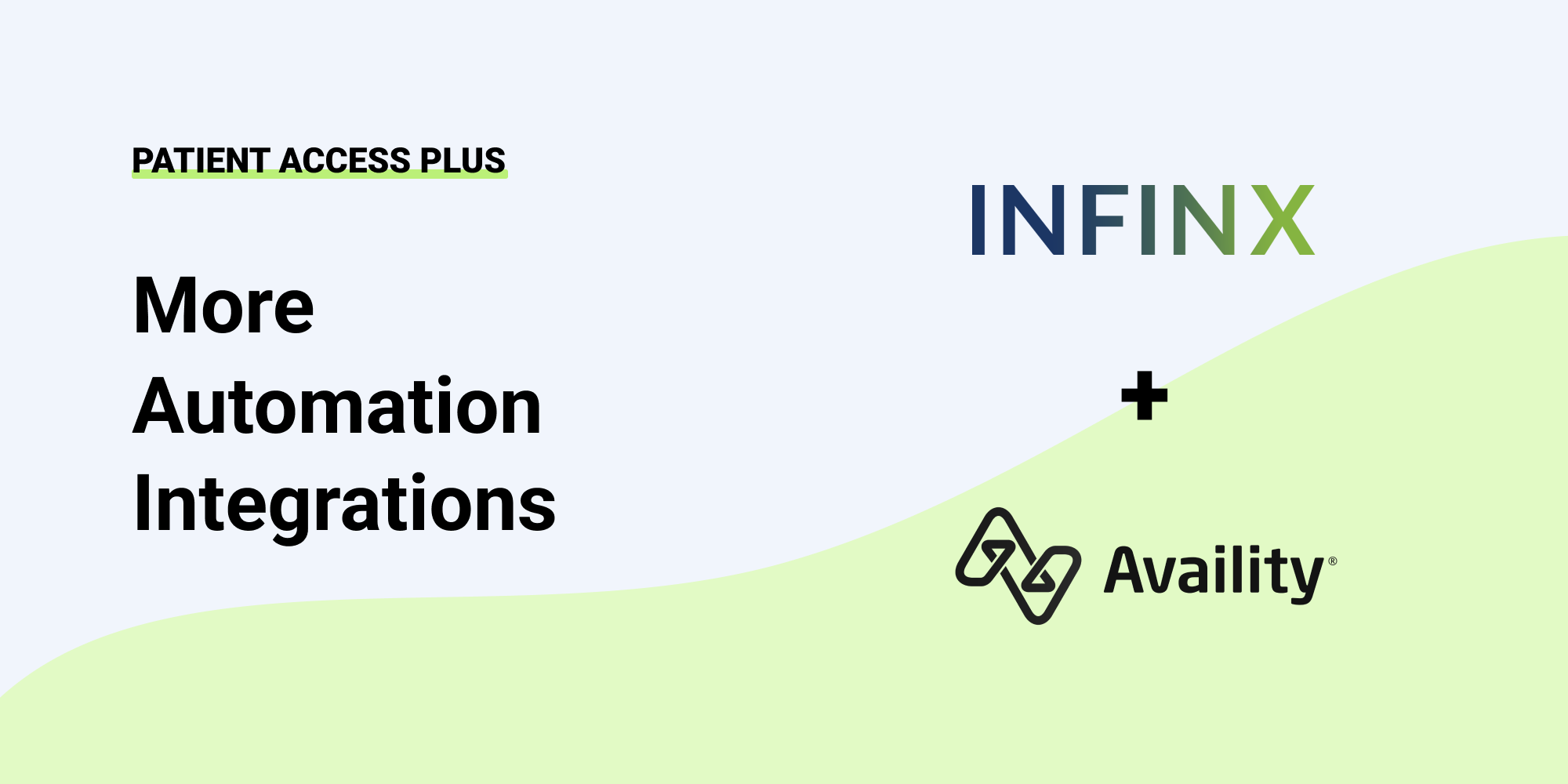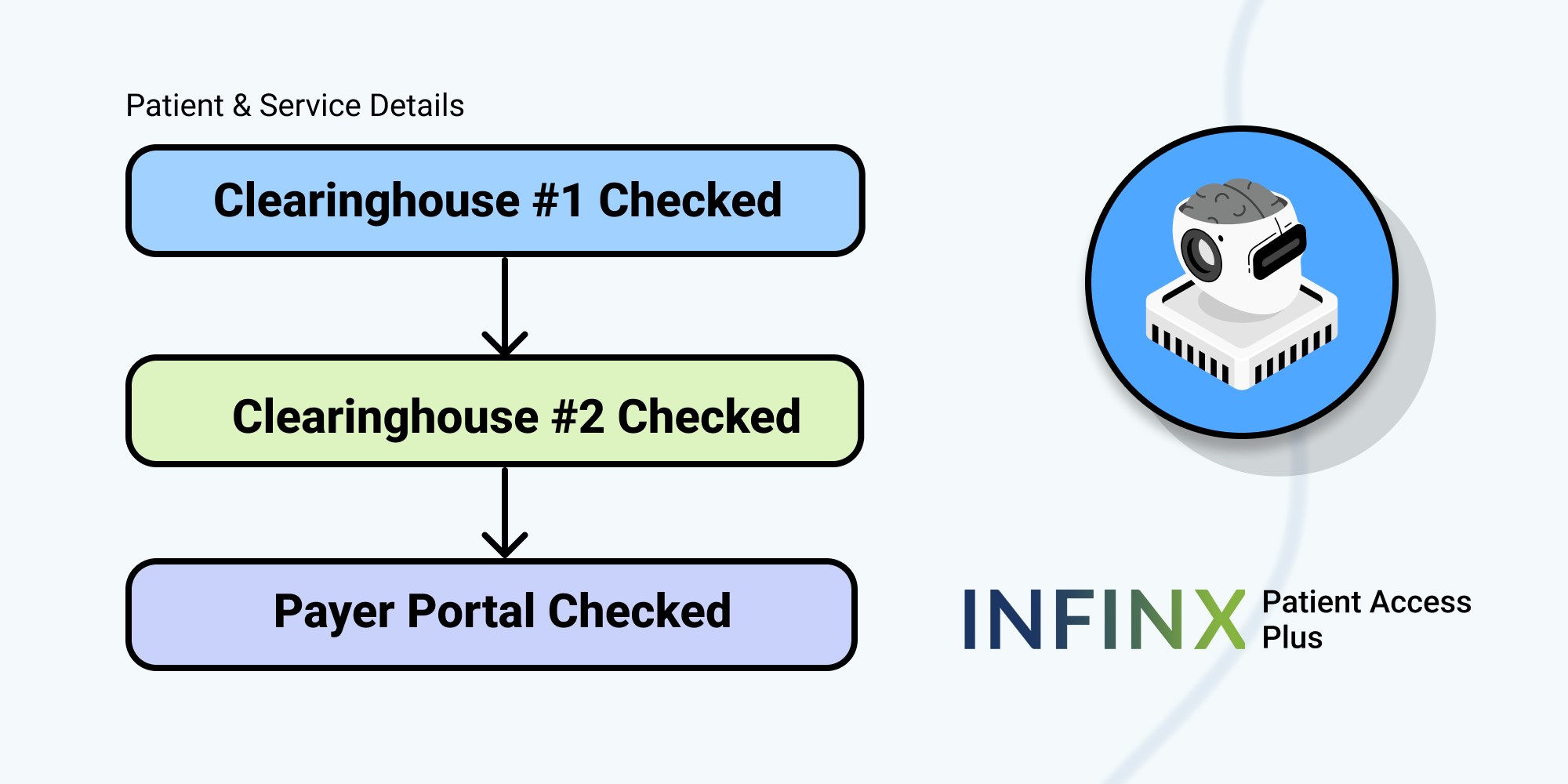More is spent on healthcare per capita in the US than in any other country in the industrialized world. Recently published in JAMA, researchers estimated that over $3.5 trillion is spent on healthcare each year and that about 30% of that amount, or $935 billion, can be considered waste. Of the $935 billion in estimated waste, $265.6 billion is attributed to administrative complexity, redundancy, and operational electronic fragmentation.
Certainly, one area that has evolved with its electronic fragmentation fully intact is the healthcare payment lifecycle. Complicated by conflicting or competing financial interests, systems, and processes have grown more complex. For instance, insurance payers initiated utilization management and review to reduce the overuse of testing, procedures, and medications.
However, now the prior authorization process has exploded and, because it’s primarily managed manually (or only partially through electronic means), has become a slow-moving behemoth that delays patient care. Unfortunately, according to the American Medical Association (AMA) 2020 Survey, fragmented prior authorizations have been responsible for total care abandonment for those who may need it most.
How Can Solving Electronic Fragmentation in the Billing Cycle Diminish Adverse Impacts?
From the time a patient encounters commences, numerous functions occur operationally to ensure that revenue is collected efficiently and that the patient’s care is not impacted adversely. Using prior authorizations as the example again, the 2020 CAQH Index on Conducting Electronic Business Transactions reported that 87% of providers use a manual prior authorization system that requires phone calls, fax machines, and hours on hold.
While other business functions enjoy a higher rate of electronic adoption (i.e., insurance verification and eligibility 84%, claims status inquiry 72%), there is considerable opportunity to improve the overall healthcare lifecycle through improved technology.
Using Artificial Intelligence to Adapt in 2021
Successfully bringing artificial intelligence (AI) into the healthcare payment lifecycle means revisiting current practices and transforming the way healthcare does business. This is best accomplished through cloud-based technology, and bi-directional integration using a Health Level 7 (HL7) or Application Program Interface (API) linked directly to and compatible with the current EHR/EMR system.
Through machine learning and predictive analytics, tech-enabled processes would save time and money, while reducing claims denials and rejected requests for reimbursement. This technology embeds all Patient Health Information (PHI) in layers of security that are Electronic Data Interchange (EDI) compliant and stores the data on the cloud using 64-bit and 256-bit encryption that guarantees 100% HIPAA compliance. Here are three ways AI can improve overall healthcare reimbursement:
1. Taming Prior Authorizations
Industry-wide, there is the acknowledgment that prior authorizations are an unreasonable burden on hospitals and providers. Whether the patient arrived without prior authorization from the referring provider or they are self-referred, prior authorizations have long been considered problematic and time-consuming, often taking several hours to several days to complete.
By utilizing an AI-driven prior authorization solution, a hospital or practice can streamline the entire process and facilitate a more efficient scheduling encounter that reduces cancellations and reschedules. On-time approvals are achieved by using blended automation that provides a comprehensive answer to the prior authorization dilemma so that submissions are sent in real-time with results available almost immediately.
2. Optimizing the AR Function
When you ask how AI can help healthcare providers, you have to look at the denials management process where a significant number of claims are rejected for a variety of reasons. According to the Medical Group Management Association (MGMA), between 50% and 65% of denied claims go unchallenged due to lack of time and/or understanding how to proceed, and the revenue is lost completely.
By using tech-enabled and AI-enhanced automation, you can manage them quickly and accurately to maximize reimbursement. This also allows for operational improvement as data analytics will point to key areas needing attention to improve revenue capture.
3. Discovering Undisclosed Insurance Coverage
In 2016 and 2017, hospitals and healthcare providers lost well over $38 billion through uncompensated care. Often from undisclosed coverage or uninsured care, up to 10% may be collectible if there was access to the pertinent information instead of landing in collections.
Now you can use AI-driven technology to glean the information from the insurance industry clearinghouses and find coverage that exists, including Medicare, Medicaid, and commercial insurances. As an adjunct to insurance verification or as a final step before collections, insurance discovery solutions can bring additional revenue to the bottom line and create goodwill with patients.
In Summary
With over $260 billion in administrative waste each year, the healthcare industry would be acting more responsibly if it adopted proven and sustainable solutions as soon as possible. These wasted dollars would be better spent on improving patient care or accessibility. With the simple improvements listed above, a hospital or practice would bring in additional (and much-needed) revenue to the bottom line and improve the patient experience.
Contact us to discuss the ways our electronic solutions would bridge your operational systems.



